Protecting your eyes and hearing is your responsibility. It’s easy to do, but many technicians do not make the effort to protect themselves. Change that habit!
It’s no big secret that working in an automotive service facility can be dangerous. The U.S. Bureau of Labor Statistics (BLS) and OSHA reports bear that out. While BLS merely reports the facts, OSHA sets rules and guidelines to avoid injuries and punishes those who don’t follow the laws.
Unlike many federally-regulated industries, such as manufacturing, logging, mining and commercial fishing, safety in the automotive service repair industry is only regulated by OSHA, local authorities and the requirements of insurance carriers. The main difference is in the daily operation of the facility in meeting those requirements and the willingness of employees to “follow the rules.†In a business that stresses production output and where workers are paid by what they do, rather than a salary, automotive technicians don’t always take the time to “follow the rules.â€
But, when you stop and think about it, those rules are in place to protect you and your livelihood. That’s right – the rules are there for you. If you cut corners, don’t follow the rules of shop safety and get injured, you only have yourself to blame. So let’s stress that point: only you can protect yourself best.
Protect those Peepers
One of the most easily damaged parts of your body is your eyes. They’re also the easiest to protect. The eyes are very fragile, the softest external part of the body. If damaged, chances are they will not recover or heal completely and your vision will be lost or restricted.
Eons ago, some prehistoric humanoid discovered that if he threw dirt or sand in his enemy’s eyes, it would render his foe vulnerable and defenseless. So it is with automotive technicians; without your vision, your career is in jeopardy. The simple solution is to wear eye protection.
BLS figures show that each day, approximately 2,000 workers suffer eye injuries. The State of Washington’s Department of Labor and Industries research shows that eye injury accounts for about 30 percent of reported injuries in auto service shops. Taking into consideration that there are somewhere in the neighborhood of 900,000 automotive service technicians (according to recent BLS figures) working today, the number of eye injuries is a major problem. As Daniel D. Garrett, Prevent Blindness America (PBA) spokesperson put it, “90 percent of all workplace eye injuries are preventable with the use of proper eyewear and safety measures.â€
What Can Cause Eye Injuries?
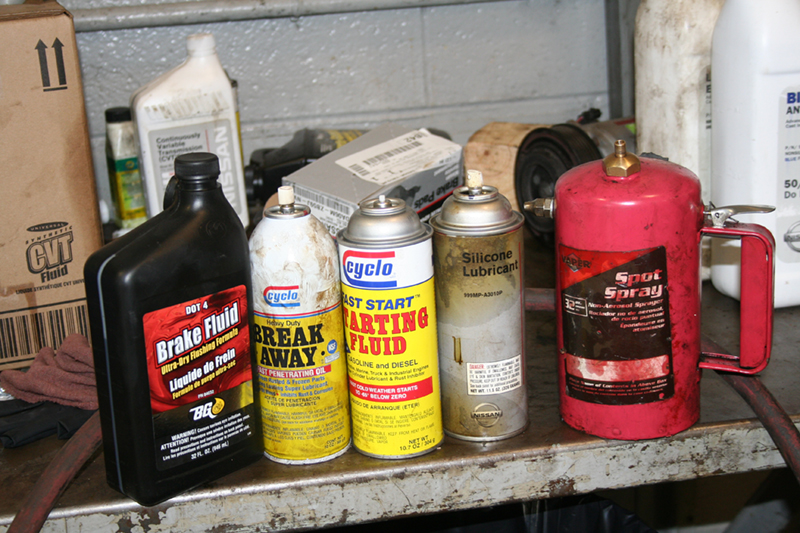
Always be sure to wear eye protection when using any kind of chemicals. Damage from liquids and vapors accounts for 20 percent of auto shop eye injuries.
The causes of possible eye injury in an automotive service shop are incalculable, but here are the main culprits:
- Flying particles. BLS found that almost 70 per cent of the accidents studied resulted from flying or falling objects or sparks striking the eye. Injured workers estimated that nearly three-fifths of the objects were smaller than a pinhead.
- Contact with chemicals (liquid or vapors) caused one-fifth of the injuries. In the auto shop environment, these include fuels, oils, solvents, aerosol products and pressurize fluids like coolants or hydraulic fluids.
- Falling items. This may happen when a tech is working near the floor underneath or alongside a vehicle. Among such items can be tools left on top of a vehicle, cabinet, or piece of shop equipment. Injury can also occur from unsecured droplights or vehicle parts suspended during repair procedures.
- Small explosions. The possibilities here are batteries exploding during charging, tires popping from over-inflation, air bags accidentally tripping during service, etc. Even removing or attaching air tools to a pressurized air line can cause a burst of air to blow dust or other small particles into your face and eyes.
- Lack of attention. This category is more common than you might think. It covers walking into or tripping over tools, parts, equipment, hoses or wires on the floor – or even other people. Ever walk into a lift or piece of shop equipment? Welcome to the club!
The possibilities are endless. That’s why you should wear eye protection at all times.
Protect, Participate and Plan

Many shops post signs reminding workers and visitors to wear eye protection. Some shops have safety glasses available. OSHA and local regulations require safety procedures.
Here’s the program. Follow it and the possibility of eye injury is greatly lessened.
- Protect. Make sure everyone in the shop area has properly-fitting eye protection. Special protectors should be used for special jobs such as face masks (over glasses) for grinding, cutting and using lathes. This will afford double protection against small pieces and splinters from ricocheting into the eyes.
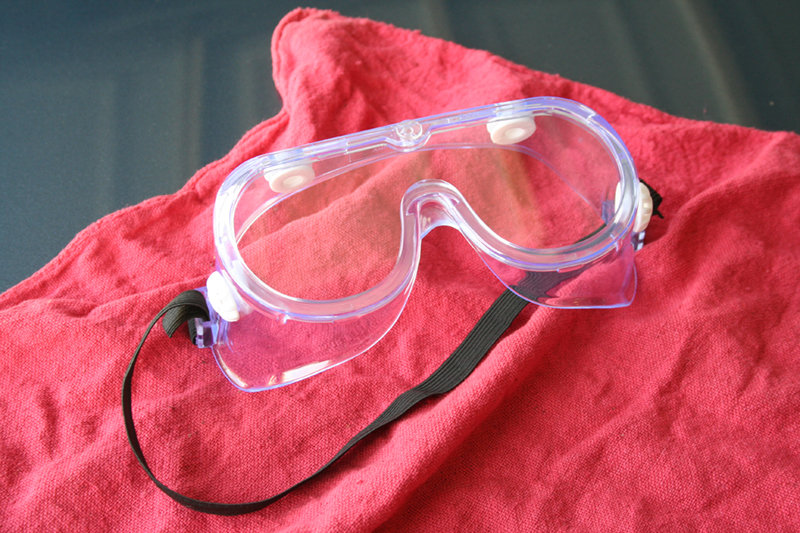
Goggles are more practical than just safety glasses when trying to avoid dust particles from grinding, cutting or splashing liquids.
Of course, welding masks must be worn for welding. This will protect the eyes not only from sparks, but also from excessive light that can cause temporary or even permanent blindness by damaging the retinas. UV radiation burns (welder’s flash) can damage your eyes and surrounding tissue. Always wear darkened goggles for cutting with a torch as they offer the best protection against light flash and flying particles.
-
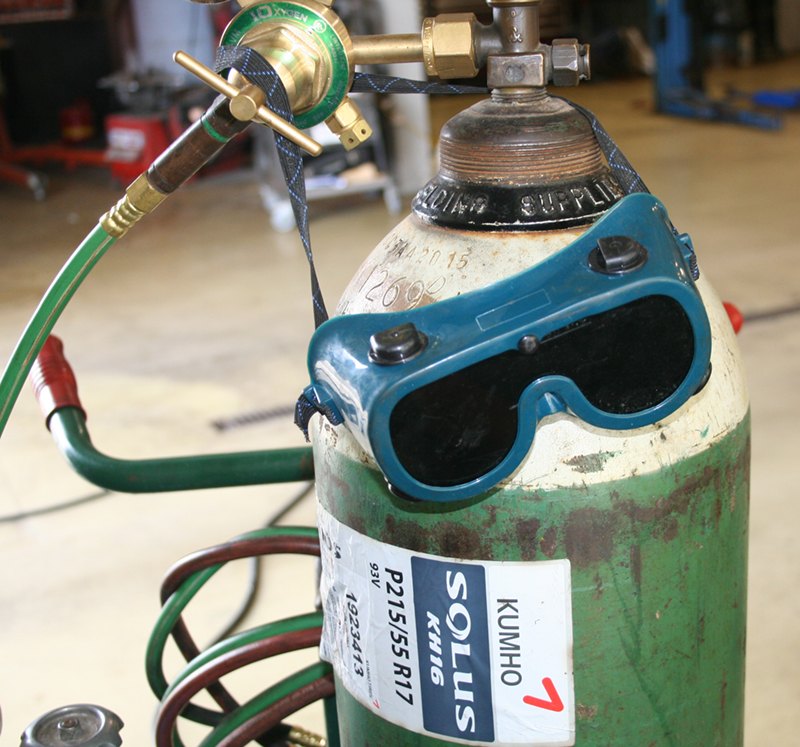
Whenever you are using a cutting torch, be sure to wear darkened goggles to avoid damaging your vision.
Participate. Make the requirement to wear proper eye protection at all times mandatory in your shop. OSHA and state-level programs require it. An OSHA or local law violation can cause big problems for the shop. Most insurance company’s policies require a safety plan too, so don’t take a risk on insurance not covering an eye injury. Be sure to check your shop’s insurance policy for details.
- Plan. Have an emergency plan in place for eye injuries. You should have a dedicated eye flush fountain or at least eye flush bottles. Know when to call for emergency help. Post the phone numbers for emergency help or urgent care facilities.
An important part of the plan should be training and communication to everyone in the shop. If someone in the shop suffers an eye injury, more than likely, he is going to need help from fellow workers to flush his eyes of debris or determine the severity of the injury and what steps to take next. Everyone should know what to do next and do it as rapidly as possible, if needed.
Light it Up
While this may sound odd, one of the best eye injury prevention measures is a well-lit shop. If you can easily see your surroundings, the chance of tripping over or bumping into something is greatly lessened. Often too, a tech may take off his safety glasses, because they are dusty or scratched, in order to see better in darkened conditions. If the shop has sufficient lighting to perform the work, there’s no need to remove your safety glasses. Take the time to find a droplight if needed. Clean dirty glasses and goggles and replace them if they are scratched or damaged.
Wha’d Ya Say?
It’s also no secret that working in a noisy environment can cause hearing loss. And, auto service facilities are among the noisiest places to work. With that in mind, let’s look and how you can protect your hearing for as long as possible.
Hearing loss is the product of many things: age, genetics, disease and other factors. However, the biggest single cause of hearing loss is the exposure to loud noise. Avoiding loss of hearing is relatively simple if you know a few facts and take precautions.
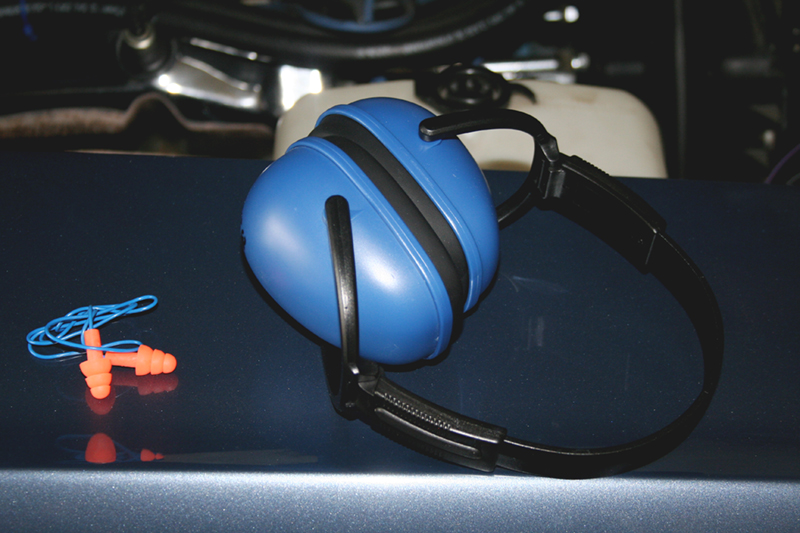
Keep a set of ear plugs handy for use around noisy vehicles and equipment. When the sound level gets really loud, use muffs to reduce the sound by at least 25 decibels.
Every day, we hear loud sounds, but prolonged exposure to loud noise accelerates the loss of hearing. Sounds at high levels for short times (like explosions, gunfire or fireworks) can be damaging, but so too can sounds at lower levels (such as engines or power tools) for longer periods of time.
The National Institutes of Health (NIH) says loud sounds can damage sensitive structures in the inner ear and cause noise-induced hearing loss (NIHL). It can affect one or both ears, but will eventually lead to increasing deafness if not controlled by precautions such as the use of ear plugs or muffs.
The NIH says sounds of less than 75 decibels, even after long exposure, are unlikely to cause hearing loss. However, long or repeated exposure to sounds at or above 85 decibels can cause hearing loss. The louder the sound, the shorter the amount of time it takes for hearing loss to happen. Further, your distance from the source of the sound and the length of time you are exposed to the sound are also important factors in protecting your hearing. NIH says a good rule of thumb is to avoid noises that are too loud, too close, or last too long.
NIH also warns that exposure to loud noise can cause tinnitus, a ringing or buzzing in the ears or head. Tinnitus may subside with treatment or over time, but can be permanent.
The National Institute for Occupational Safety and Health (NIOSH), a division of the Center for Disease Control and Prevention (CDC) has set accepted standards for exposure to noise and has created a formula for determining when damage to the ears occurs. Note that for every 3 decibels (dB) of noise increase over 85 dB, the permissible exposure time before possible damage is cut in half.
| Continuous dB | Permissible Exposure Time |
| 85 dB | 8 Hours |
| 88 dB | 4 Hours |
| 91 dB | 2 Hours |
| 94 dB | 1 Hour |
| 97 dB | 30 Minutes |
| 100 dB | 15 Minutes |
| 103 dB | 7.5 Minutes |
| 106 dB | 3.75 Minutes (<4 Min.) |
| 109 dB | 1.875 Minutes (<2 Min.) |
| 112 dB | .9375 Minute (1 Min.) |
| 115 | .46875 Minute (30 Sec.) |
In 1974, the U.S. EPA identified the level of 70 dB for 24 hour exposure as the level necessary to protect the public from hearing loss and other disruptive effects from noise, such as sleep disturbance, stress-related problems, learning detriment, etc. Several states have adopted these standards, or ones very close. Additionally, exposure to noise levels higher than 90 dB over an 8-hour period is against OSHA regulations.
While the regulations and standards cited by all these government agencies may sound intrusive, they exist for one reason: to protect your hearing. But, you are the only one who can ensure avoiding hearing loss. Obtain ear plugs and muffs, keep them handy and use them. Why risk losing your hearing?

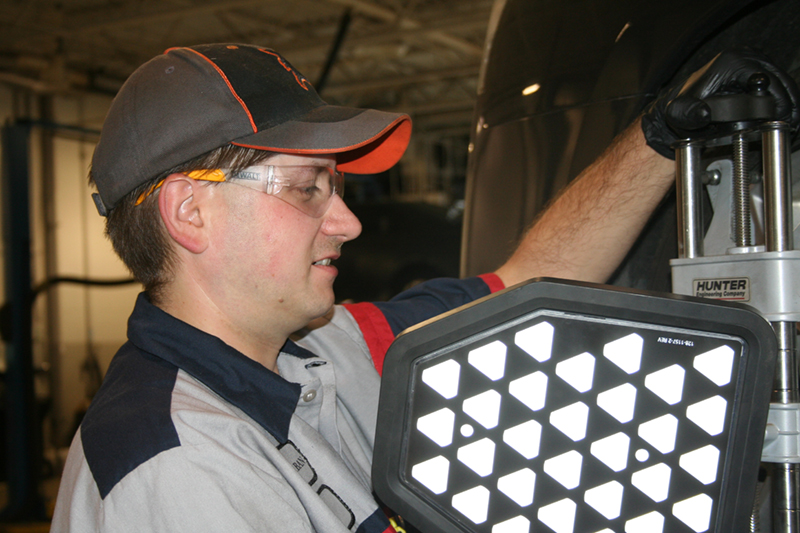
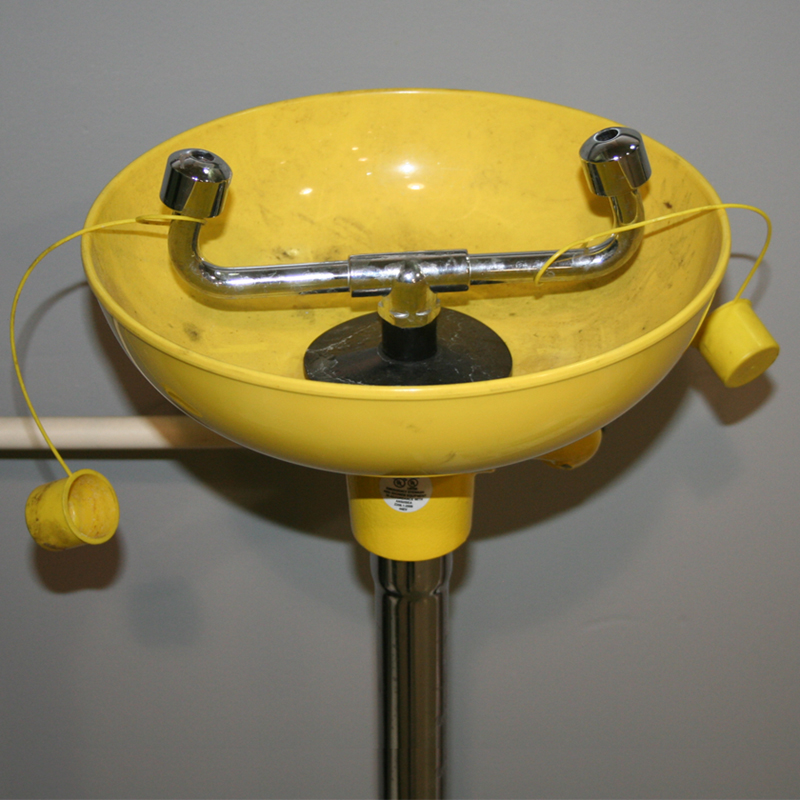

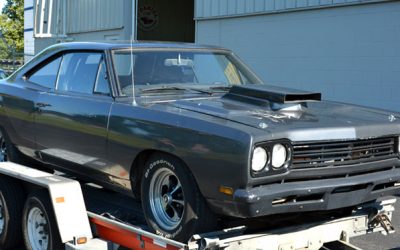
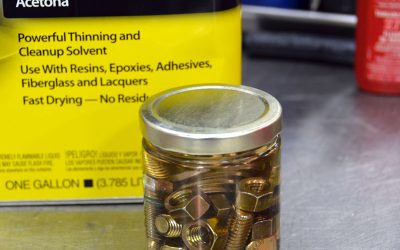
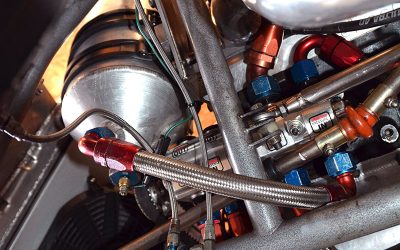
0 Comments